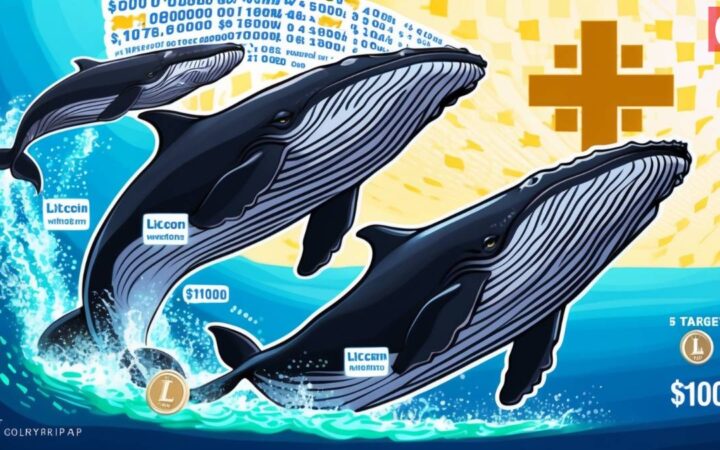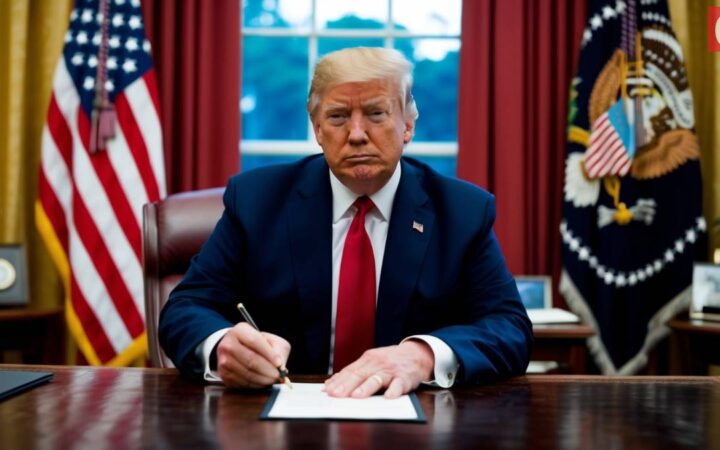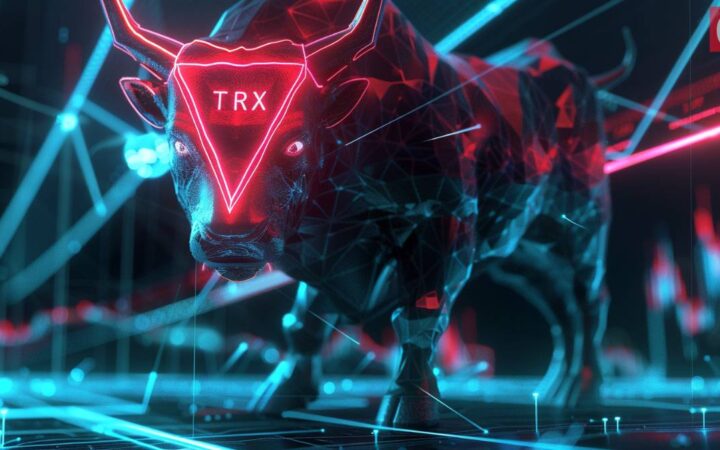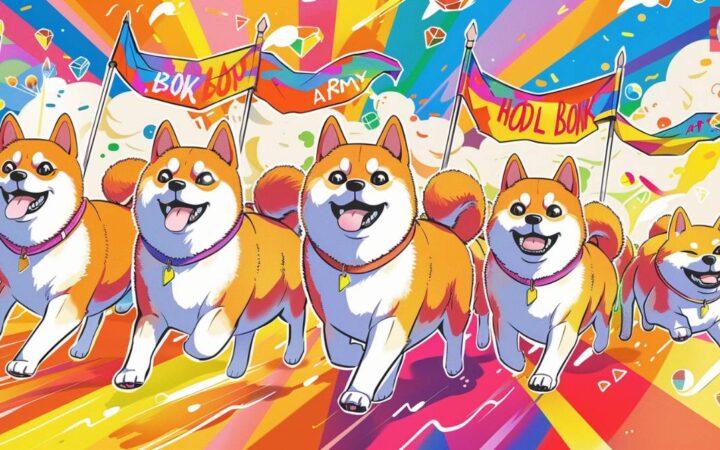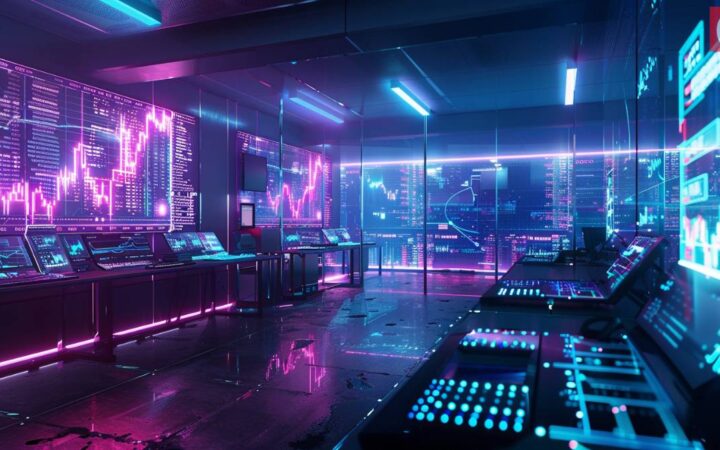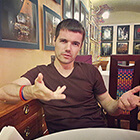
Please check out latest news, expert comments and industry insights from Coinspeaker's contributors.
If Faraland maintains a steady development process, caters to players’ needs and establishes multiple use cases, it will have a great chance to thrive.
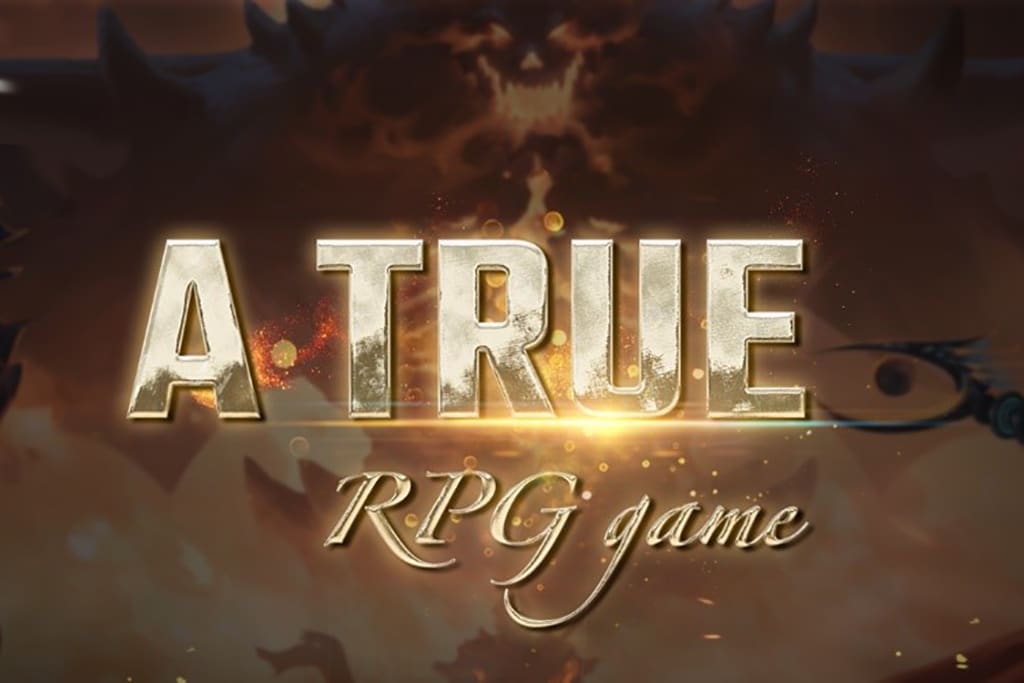
The blockchain gaming space continues to grow, thanks in large part to significant inward investment from crypto-centric VC funds. In recent weeks, a pair of gamefi fundraising events conducted by Griffin Gaming Partners and Immutable raised close to $1 billion to develop the future of gaming in the digital age. Among recent releases to catch the eye, the metaverse-based RPG Faraland stands out. Built on Binance Smart Chain (BSC), Faraland compels players to challenge the fearsome demon lord Beelzebub by leveraging upgradable hero NFTs and savvy trading. We sat down with the project’s Co-Founder Kelvin Tung Phan to discuss his team’s plans.
Q: How has recent market volatility affected the overall mood in gamefi?
A: Despite record investment, recent uncertainty in the crypto market has caused many projects to delay their IDO plans. Crypto markets are famously volatile, and projects generally reflect ongoing trends in the market. Specifically, all DeFi projects that want to trade will have to add liquidity using FARA, and we must do the same with BNB.
With our gaming launchpad FaraStarter, the team selects projects very carefully to ensure only quality ventures are supported. When the bull market returns, FaraStarter will continue to grow.
Q: The game has two types of heroes, NFT heroes and Demi (non-NFT) heroes. How do they differ?
A: The main difference is that non-NFT heroes have a finite life expectancy and do not earn NFT and SoulStone items. Heroes can actually fight each other in the Duel Arena and the PvP rank skill system triggers rewards for top players. Soon, users will be able to perform quests, obtain materials, and craft their own tradable NFTs.
Q: Can Faraland be played on all devices?
A: The current graphics platform helps to reduce the storage capacity for users’ devices, and to make it playable on various device configurations. After the implementation of game mechanics and gameplay, we intend to focus more on the graphics.
Q: What can users do with FARA tokens?
A: All game activities require the use of FARA tokens, including buying Gacha, resetting NFT hero skill points, and buying and selling equipment on the item marketplace. The token can also be used to get an allocation in projects launched through FaraStarter, and we will continue to add more use cases for tokens and NFTs moving forward.
Q: Some people might be curious as to the factors that affect a gamefi token’s price. What’s your view?
A: For all crypto projects, releasing a product impacts the price. Thereafter, the project must prove its value and demonstrate that it meets the needs of users. If it does, the token will probably increase in value.
In crypto, we are used to dividing projects into top-cap (BTC, ETH, etc), mid-cap (the Top 50-200 projects on CoinMarketCap), and low-cap (outside the Top 200). Oftentimes, coins with no viable use case make it into the top 100 purely because people think the price will keep going up. When top-cap tokens divide in half, mid-cap tokens divide 3-4 and low-cap tokens divide 7-10, which is relatively normal. Many mid and low-cap assets cannot withstand the rigors of the market and vanish.
At Faraland, we have clear goals and plans in place, and we are well-prepared for whatever comes our way. Faraland isn’t just a project, it’s the focus of our ambitions, hopes and dreams.
Q: Have you been happy with the token’s performance so far?
A: Absolutely. The market decline brought FARA’s price back to $0.45 and users have enquired whether the devs will sell tokens from the allocation. However, we have agreed to adjust the tokenomics and lock the team’s tokens for an additional year. Naturally, the appreciation of FARA depends on the overall market and users. If Faraland maintains a steady development process, caters to players’ needs and establishes multiple use cases, it will have a great chance to thrive.
Q: NFTs are a big part of Faraland but you’re developing a non-NFT system too. Tell us more about that.
A: The non-NFT system we are working on will incorporate an in-app purchase feature for non-crypto players. Essentially, this will represent a take-off point for those who are completely new to crypto games.
Whatever their background, players can experience Faraland by playing the game, summoning non-NFT heroes, rolling gacha, and more. We also intend to use the profits from this development for buyback programs for both FARA tokens and SoulStones.
Q: How does the non-NFT system differ from the NFT and free-to-play (F2P) system?
A: They are completely different – non-NFT hero players still need to buy items by investing in equipment that makes them stronger. The primary difference between non-NFT and NFT is that non-NFT heroes are non-transferrable, and heroes and equipment cannot be converted to NFTs and traded on the marketplace. They are also relatively weaker compared to NFT players, too. Non-NFT players can earn SoulStones for playing purposes like using gache in-game, summoning heroes in-game, etc but they cannot withdraw rewards like NFT players.
F2P gamers are still catered for, incidentally – there’ll be a battle mode wherein all players are equal like Dota or League of Legends, and this will be based on our PvP gameplay system. Highly skilled players will be rewarded with equipment, rare materials, etc.
Q: Presumably your hope is that non-NFT players will eventually become full participants in the Faraland P2E ecosystem?
A: Yes, but that’s up to them. Initially, non-NFT players will probably want to buy a Demi before acquiring one of our NFT heroes. As someone new to NFTs, they will need time to learn and understand the system, namely how NFTs, tokens, and wallets work, and how to safely navigate the crypto metaverse. I think Demi Heroes will be a good starting point, because they’re affordable and suitable for players who mainly want to farm SoulStones. Some players have already been farming with multiple Demi accounts, and Demi Heroes can do partner quests if they have strong enough equipment. Although only NFT Heroes can earn SoulStones and NFT equipment, both NFT and non-NFT players can participate for PVP rank.
Q: What game upgrades can players expect in the near term?
A: In Q2, Faraland will be adding the non-NFT system and skill rank, a pure, skill-based mechanic aimed at making it playable as an eSport game. This is a free-to-play system aimed at putting games on the app stores and in doing so, attracting non-crypto players who can still play the game normally. Our vision for Q3 and Q4 is to have a strong and stable number of 100K DAU (Daily Active Users), that includes players for both NFT and non-NFT systems. As part of our strategic steps, we will be partnering with more projects, too. These will diversify and help stabilise the P2E economic model of Faraland.
Q: Faraland has a highly ambitious roadmap. Is it a challenge to achieve each of the milestones you set out in advance?
A: Everything is going according to schedule, so we are on the right track. There has never been an online mobile game with qualities attractive enough to be a true turn-based tactic concept. Faraland’s PvP system has some shortcomings but improves day by day and continues to attract enthusiastic reviews from users. Our frequent updates introduce additional features as set out in our roadmap, and we will continue to thrive in this genre.
Q: You’ve said before that you see Faraland as more than a game. What do you mean by that?
A: Basically, Faraland is a brand and the current game is just a product of this brand. We have firm plans for expansion including through merchandise, comic books, novels and movies. Many devs look at projects in terms of weeks and months, but we focus on the next 5-10 years. We will do everything we can to make Faraland grow and stand tall during that time, whether the market is green or red.
Disclaimer: Coinspeaker is committed to providing unbiased and transparent reporting. This article aims to deliver accurate and timely information but should not be taken as financial or investment advice. Since market conditions can change rapidly, we encourage you to verify information on your own and consult with a professional before making any decisions based on this content.

Please check out latest news, expert comments and industry insights from Coinspeaker's contributors.
